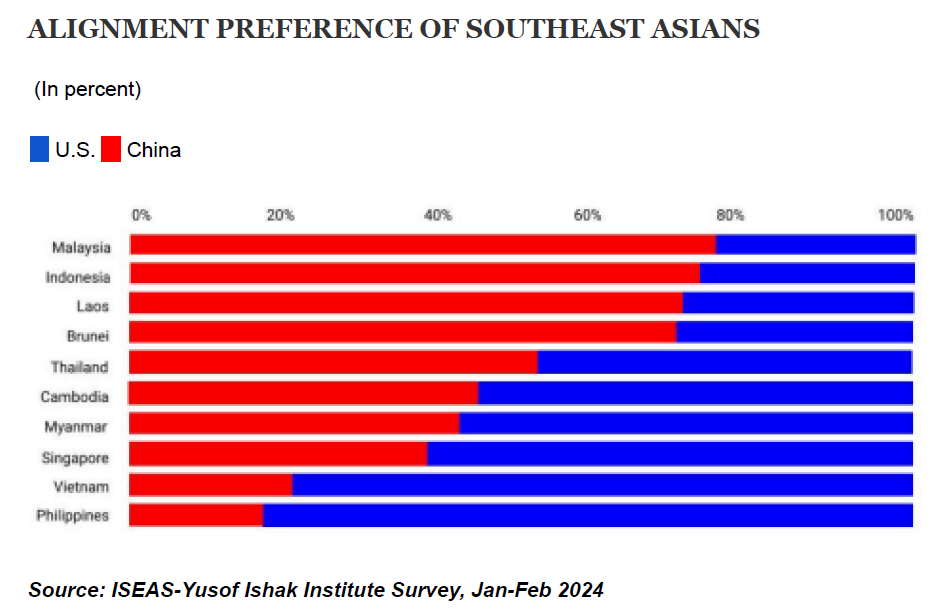Standing up for ASEAN’s core principles means standing up for regional peace and security. This is a position which Trump, even if he disagrees with it, can and should be willing to live with. Despite his election rhetoric of making America great again, he is ultimately a businessman, a transaction wheeler dealer and realist with bigger concerns and issues to deal with in the United States, America, Europe, the Middle East and China. Draining the deep state and Capital Hill swamp may well take up most of his time and be his biggest challenge. ASEAN will be relatively low and unimportant in his agenda.
At the same time the reality for Trump’s hawkish foreign policy advisers is that ASEAN is a regional force that needs to be given due respect. With a larger population than North America’s, ASEAN is a middle level power in geopolitics but it is one of the world’s most diverse, fastest growing and competitive economic regions. The combined gross domestic product of US$3.8 trillion makes ASEAN the fifth largest economy in the world. During the period 2013-2022, ASEAN’s economy grew at an annual rate of 4.2% and is expected to grow just as or more strongly in the coming decade. Should Trump want a stronger counterweight to China, he will need ASEAN to be on his side.
The reality is also that should Trump want to restore the US to a more respectable standing in this part of the world, he has to begin with the recognition that many in ASEAN - possibly the great majority of the population - do not see the US as a role model for democracy, freedom, human rights and as a force for peace. This representation is regarded by most people - including Americans - as a hollow claim though ceaselessly propagandised by the western military-industrial-media complex.
Advertisement
The prevailing dark view of the US in Southeast Asia is well founded. It is not only because of the recent history of its military campaign in Vietnam which spilled over into Laos and Cambodia and killed more than a million of the Indochinese population. It is also due to the US’s war record in the Middle East and elsewhere and its support of the Israeli genocidal war in Gaza which has adversely affected Muslim as well as other non-western opinions of the US.
Alignment Preference of Southeast Asians
With regard to China which the Biden administration assessed as America's greatest geopolitical and geoeconomic rival, a recent survey of the ISEAS-Yusof Ishak Institute found that over half of Southeast Asians preferred alignment with China over the US. Its polling sample included respondents from the public and private sector, and researchers and academics who are in a position to influence policy.
If the poll numbers from the Philippines, the most pro-American among ASEAN nations because of its history and the large population of Filipinos with relatives in the US or dependent for their livelihood on US military bases in the Philippines, are discounted, the finding would be more lopsided in favour of China. Policy advisers of President Trump will do well to point out to him that more than 40% of the population of Southeast Asia is Muslim.

The way for Trump to make America better - great is in many ways a hopeless ambition - is to focus on dealing with the domestic issues that divide US society. It is not to engage in efforts to enforce the primacy of a nation whose preeminent standing in the world has been irretrievably lost. Trump’s exclusion of Nikki Haley and Mike Pompeo, well known war hawks, in his new administration is a hopeful sign that he may, against all expectations, help build a peace-oriented road for the US in its foreign policy to embellish his place in history.
Advertisement
Discuss in our Forums
See what other readers are saying about this article!
Click here to read & post comments.
3 posts so far.